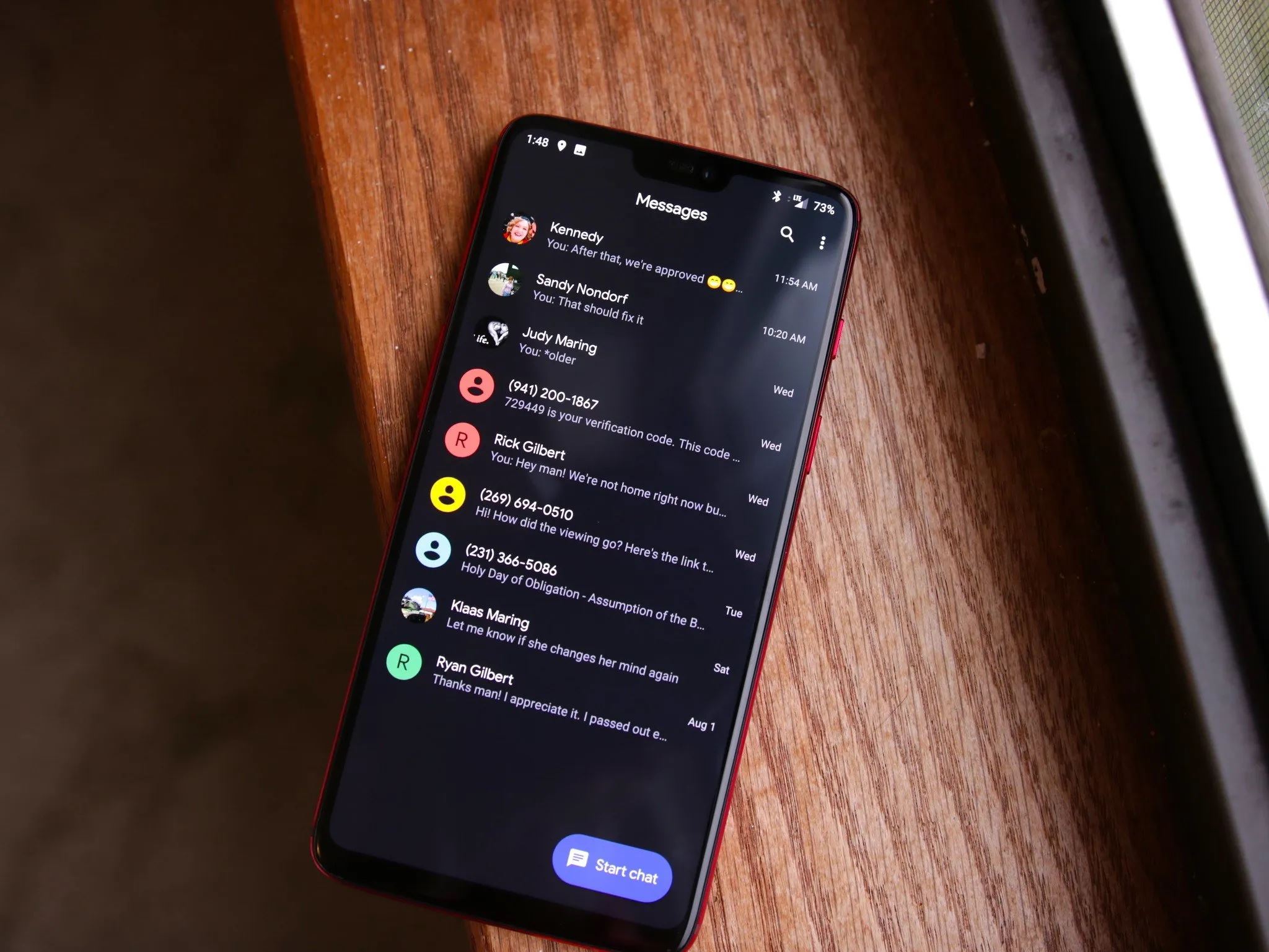
Insufficient Internet Connection
One common reason for an Android phone not sending pictures is an unstable or insufficient internet connection. MMS requires a stable connection to send and receive multimedia content.
Solutions:
- Check Wi-Fi and Mobile Data: Ensure both Wi-Fi and mobile data are enabled and functioning. Go to your device's settings to verify.
- Restart Your Device: Turn off your device, wait 30 seconds, then turn it back on.
- Update Network Settings: Reset network settings by navigating to Settings > System > Reset Options > Reset Wi-Fi, Mobile & Bluetooth.
Outdated Messaging App
An outdated messaging app can lead to compatibility issues, preventing picture messages from being sent.
Solution:
- Update the Messages App: Open the Google Play Store, search for the Messages app, and tap Update if available.
Insufficient Storage Space
Low storage space on your Android phone might prevent sending pictures, as MMS requires sufficient space for multimedia content.
Solution:
- Free Up Storage Space: Remove unused photos, videos, and apps. If your phone supports expandable storage, move media files to an SD card.
Outdated Operating System
An outdated Android OS can cause compatibility issues with newer messaging protocols and features.
Solution:
- Update Your Phone’s OS: Check for updates by going to Settings > System > System Update > Check for Update. Download and install any available updates.
Mobile Network Settings
Misconfigured or outdated APN settings can prevent MMS from functioning correctly.
Solution:
- Check and Reset APN Settings: Navigate to Settings > Connections > Mobile Networks > Access Point Names. Select the APN in use and reset it to default settings.
MMS Settings
MMS settings specific to your carrier need proper configuration for picture messaging to work.
Solution:
- Check MMS Settings: Ensure MMS is enabled in your device’s messaging app settings.
- Reset MMS Settings: Navigate to Settings > Connections > Mobile Networks > Access Point Names. Select the APN in use, reset it to default settings, and save changes.
Device-Specific Issues
Hardware problems or software bugs specific to certain devices can prevent picture messages from being sent.
Solutions:
- Restart Your Device: A simple restart can sometimes resolve these issues.
- Reset Device Settings: If restarting doesn’t work, reset device settings by going to Settings > System > Reset Options > Reset Wi-Fi, Mobile & Bluetooth.
Carrier-Specific Issues
Network congestion or specific settings required by your carrier might prevent picture messages from being sent.
Solutions:
- Contact Your Carrier: Reach out to your carrier’s customer support for assistance.
- Check Carrier Settings: Verify if any specific settings need enabling for MMS to work.
Additional Troubleshooting Steps
If none of the above steps resolve the issue, try these additional troubleshooting methods:
- Check for Conflicting Apps: Close all other apps to see if the issue persists.
- Clear Cache Data: Clear cache data for the messaging app by navigating to Settings > Apps > Messages > Storage > Clear Cache.
- Force Stop Messaging App: Force stop the messaging app by going to Settings > Apps > Messages > Force Stop.
By following these steps, you should be able to resolve the issue of your Android phone not sending pictures and enjoy seamless multimedia messaging.
